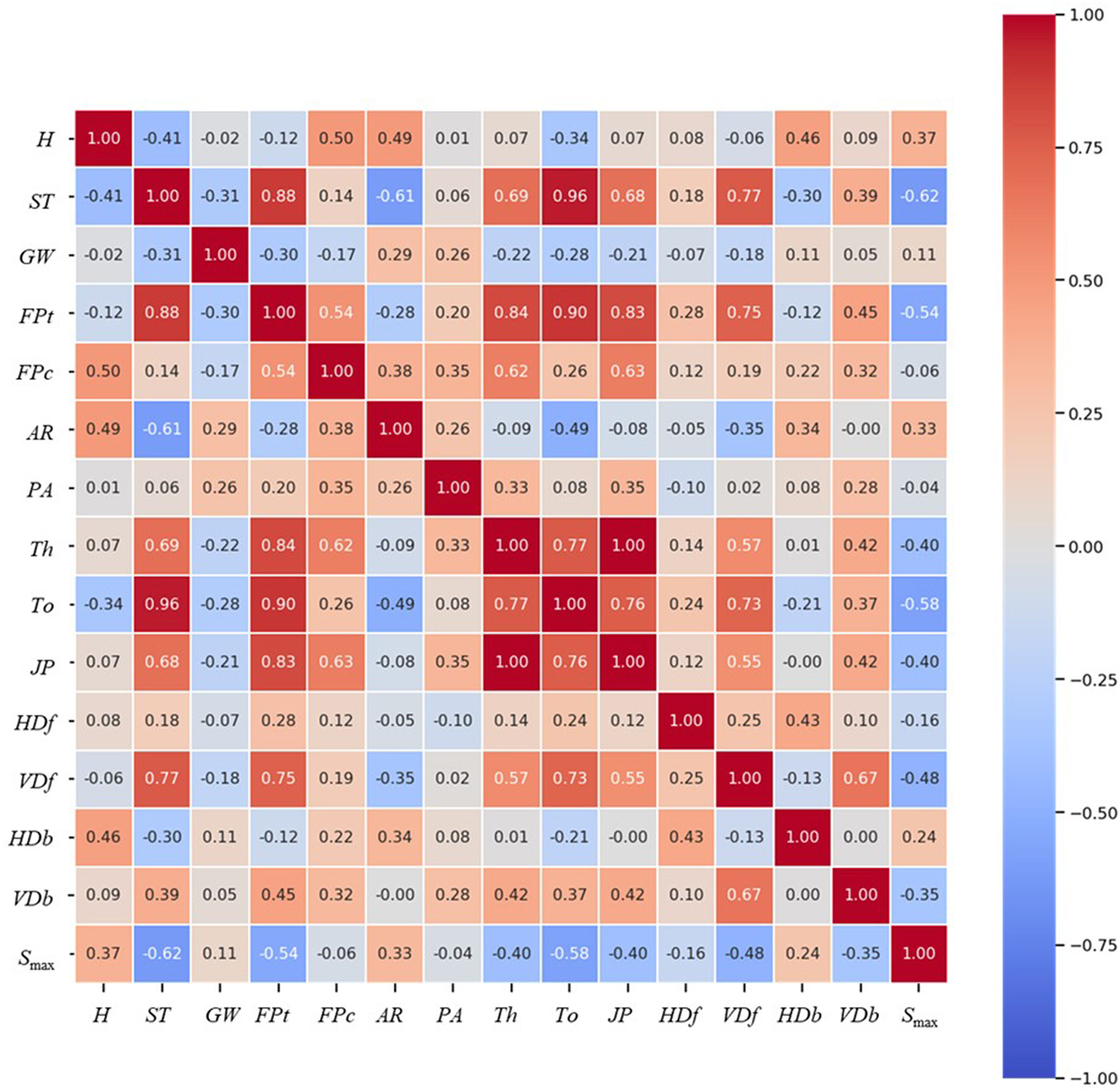JRMGE / Vol 14 / Issue 4
Investigation of feature contribution to shield tunneling-induced settlement using Shapley additive explanations method
K.K. Pabodha M. Kannangara, Wanhuan Zhou, Zhi Ding, Zhehao Hong
Show More
a State Key Laboratory of Internet of Things for Smart City and Department of Civil and Environmental Engineering, University of Macau, Macau, China
b Department of Civil and Environmental Engineering, School of Engineering, Zhejiang University City College, Hangzhou, China
2022, 14(4): 1052-1063. doi:10.1016/j.jrmge.2022.01.002
Received: 2021-07-22 / Revised: 2021-12-28 / Accepted: 2022-01-20 / Available online: 2022-02-12
2022, 14(4): 1052-1063.
doi:10.1016/j.jrmge.2022.01.002
Received: 2021-07-22
Revised: 2021-12-28
Accepted: 2022-01-20
Available online: 2022-02-12
Accurate prediction of shield tunneling-induced settlement is a complex problem that requires consideration of many influential parameters. Recent studies reveal that machine learning (ML) algorithms can predict the settlement caused by tunneling. However, well-performing ML models are usually less interpretable. Irrelevant input features decrease the performance and interpretability of an ML model. Nonetheless, feature selection, a critical step in the ML pipeline, is usually ignored in most studies that focused on predicting tunneling-induced settlement. This study applies four techniques, i.e. Pearson correlation method, sequential forward selection (SFS), sequential backward selection (SBS) and Boruta algorithm, to investigate the effect of feature selection on the model's performance when predicting the tunneling-induced maximum surface settlement (Smax). The data set used in this study was compiled from two metro tunnel projects excavated in Hangzhou, China using earth pressure balance (EPB) shields and consists of 14 input features and a single output (i.e. Smax). The ML model that is trained on features selected from the Boruta algorithm demonstrates the best performance in both the training and testing phases. The relevant features chosen from the Boruta algorithm further indicate that tunneling-induced settlement is affected by parameters related to tunnel geometry, geological conditions and shield operation. The recently proposed Shapley additive explanations (SHAP) method explores how the input features contribute to the output of a complex ML model. It is observed that the larger settlements are induced during shield tunneling in silty clay. Moreover, the SHAP analysis reveals that the low magnitudes of face pressure at the top of the shield increase the model's output.
Keywords: feature Selection, Shield operational parameters, Pearson correlation method, Boruta algorithm, Shapley additive explanations (SHAP) analysis
Article Data
Author(s) Information
Wanhuan Zhou

Dr. Wanhuan Zhou is currently a Professor in geotechnical engineering at the University of Macau. She has acted as the Principal Investigator (PI) on 15 research projects, including the 2020 Excellent Young Scientists Fund (HK & Macau) from National Natural Science Foundation of China. She has published more than 80 SCI-indexed articles in top-ranked geotechnical journals. She also serves as an editorial board member in several top geotechnical engineering journals, such as Canadian Geotechnical Journal and International Journal of Geomechanics.

